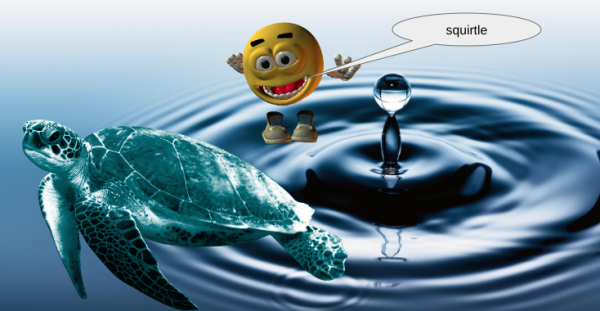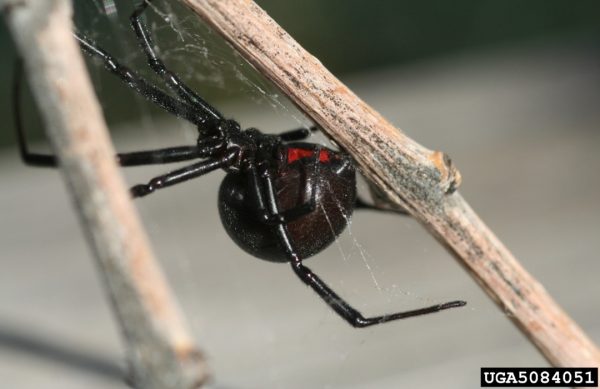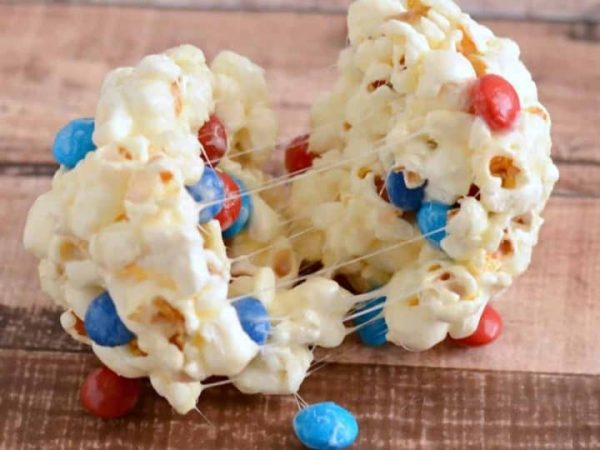Swimming: What You Want To Know!
First of all, if you’re looking for an easy sport this isn’t it. Swimming competitively can be a challenge for almost everyone if you haven’t practiced or aren’t used to doing long distance swimming. For swim you condition to get ready for meets and to get a better time. You always want to be faster than your last one! My friend Chloe has done swim for about a year now and she said that the people who direct the swim meets put ice blocks in the pool! They do this because, “exposure to cold helps to combat the micro trauma and muscle fibers and resultant soreness caused by intense or repetitive exercise” by an article on 8 Ice Bath Do’s and Don’ts. I will be telling you all about the experience, what you should expect, and some perks and downsides of being a swimmer!
Swimming takes a lots of energy and effort. Swimmers have to know how to multiply by 25 because of sets. In swimming sets are a series of laps you have to do. For instance: if a pool is a 25 meter pool then you have to know how many laps it would take to get to 100 meters (four laps). For example, a set would be something like: 8×25, which is a 200. You need to be quick in multiplying, because a minute later you’re already swimming. That’s only warm up though. Usually you would have to swim more than a 500m every swim practice, not including warm up! After practice, you feel like you haven’t eaten in a while and sometimes you can get lightheaded. You might even feel as if you’re dizzy and can’t walk well, because your buoyancy has changed. After all the energy spent you get to eat a lot after practice!
A perk of being a swimmer is that you can eat a lot of food and still end up in shape. Remember to definitely eat something after swimming because you need energy before and after swimming. No matter what: you can eat! Eat pasta or something high calorie. Pasta has lots of calories, and definitely think of having it before a practice or meet. Another high calorie food is dark chocolate. Always be sure that you let your food digest because you don’t want to go swim and then throw up. More foods that you could try for high calorie is whole wheat bread, potatoes, brown rice, oatmeal, and fresh fruits. A lot of people don’t believe that swimming needs calories, and that’s completely the opposite of the truth. Besides eating, a swimmer’s favorite thing is sleep and staying in shape!
Another perk of swimming is that you don’t have to condition. Swimming works your entire body, not just your legs, or upper body strength. Swimmers can work out dryland but they don’t have to. Dryland is a series of exercises swimmers can do to help strengthen your muscles that you use for swimming. According to an article on swimming, “It is just a slightly different group of primary muscles used. The primary muscles used in breaststroke are the hand, inner forearm, biceps, pecs, lats, groin, glutes, and calf. One difference in muscle use during breaststroke is that there is a slight relaxation point of almost all muscles when the swimmer is gliding” says Chris Mann, a swim coach. Swimmers use dry-land to either get back in shape, ready for a meet, or because your coach is making you. If you don’t like any exercise, don’t do swimming as a sport, because you surely will not enjoy it.
In the end, lots of people enjoy to swim. Not competitively or practices, but just for fun. The sport of swimming isn’t for some people, in fact some people can’t swim for competitions. It really depends on you and how you’re built. It takes a fairly long time to condition yourself to actually do competitions and boy is it hard! Don’t join swim thinking it’s easy. Do it because you’re up for a challenge!












